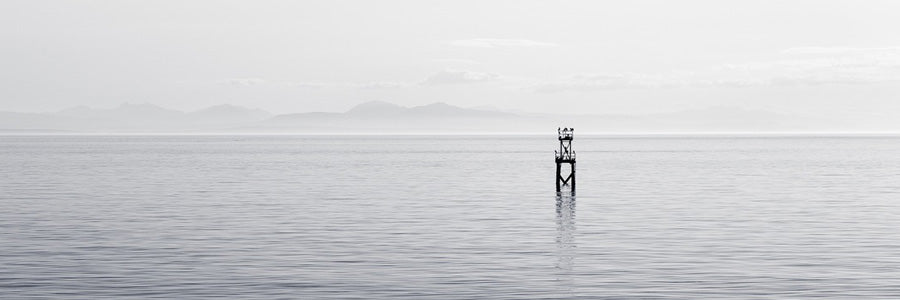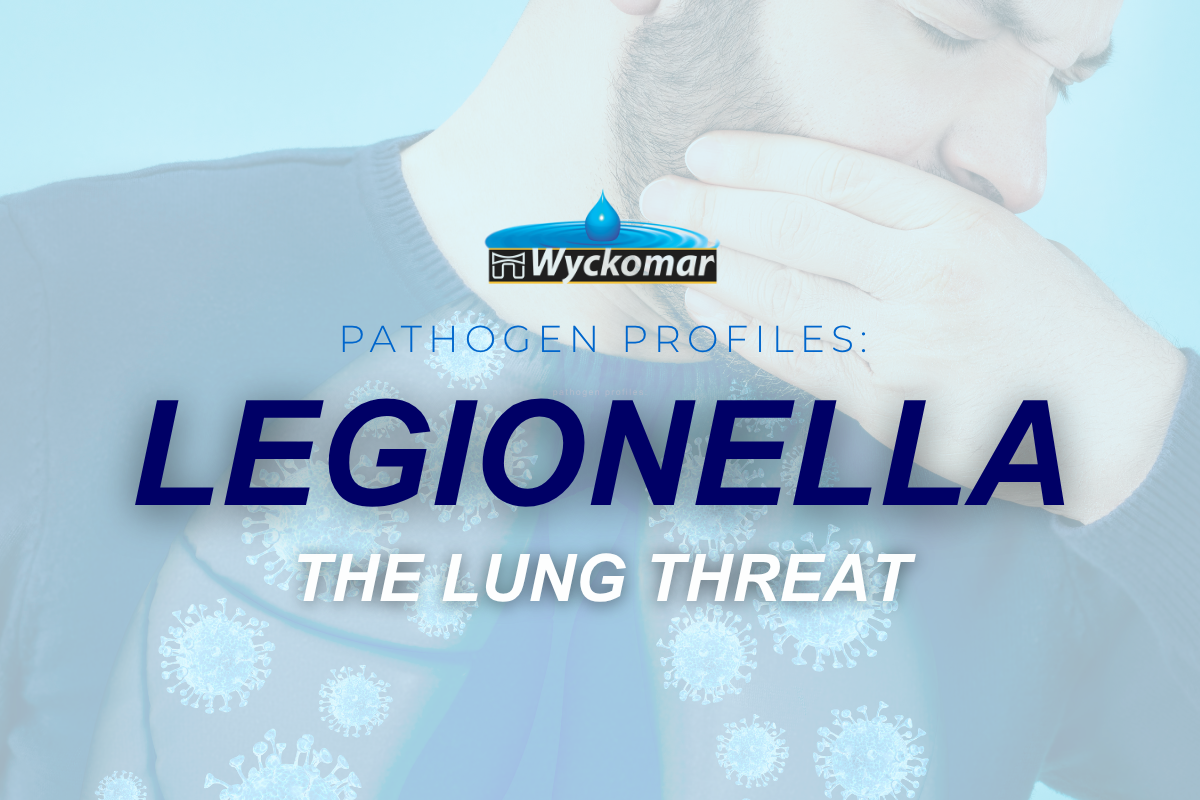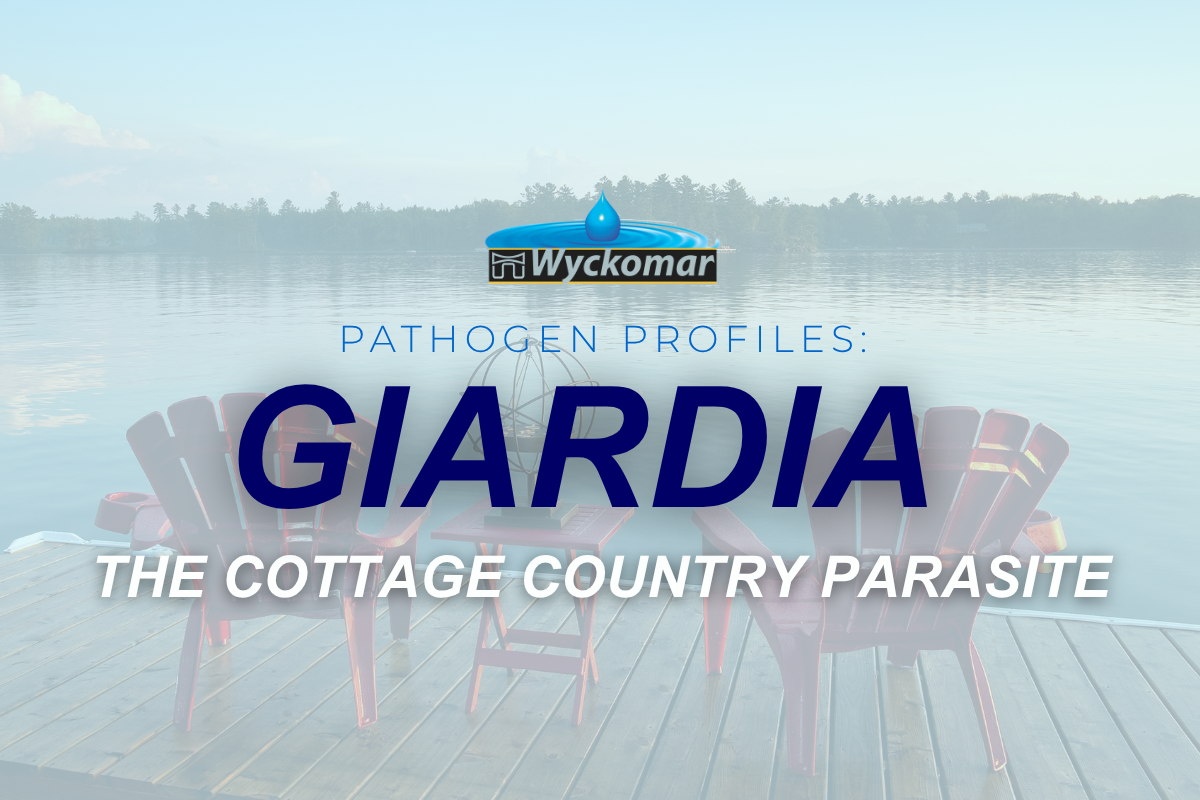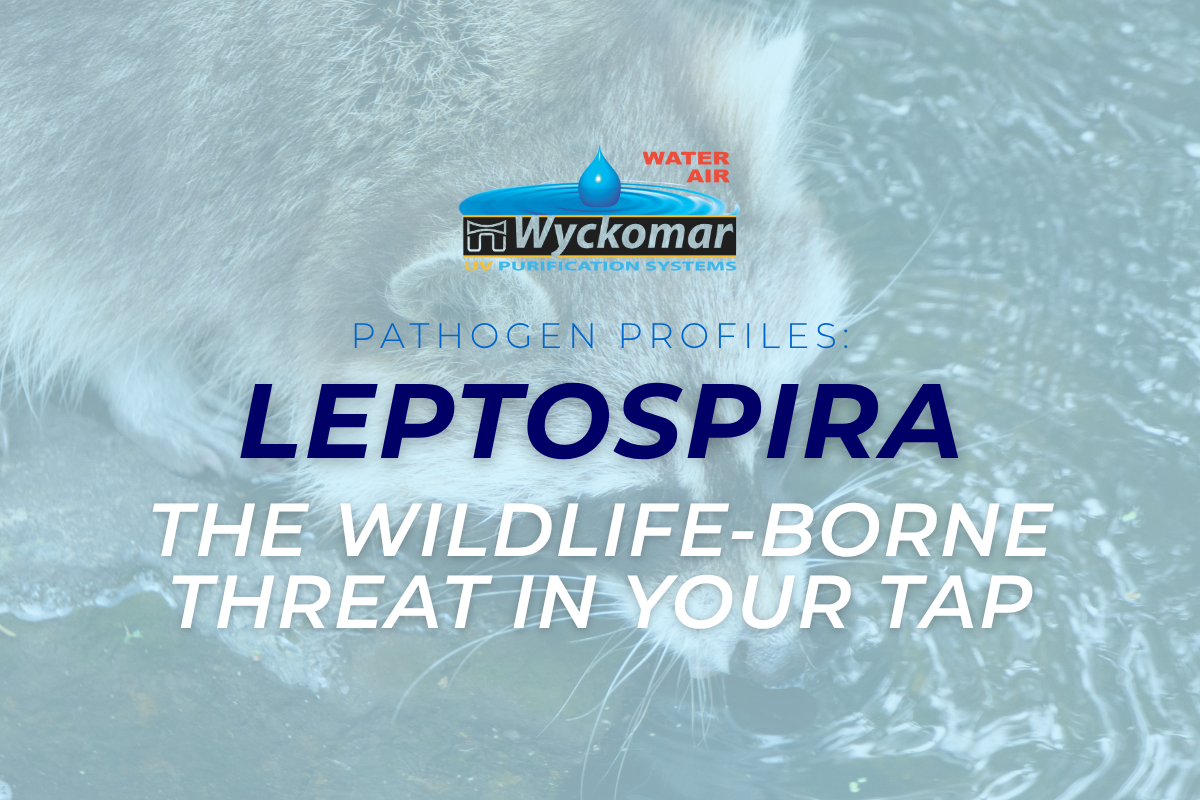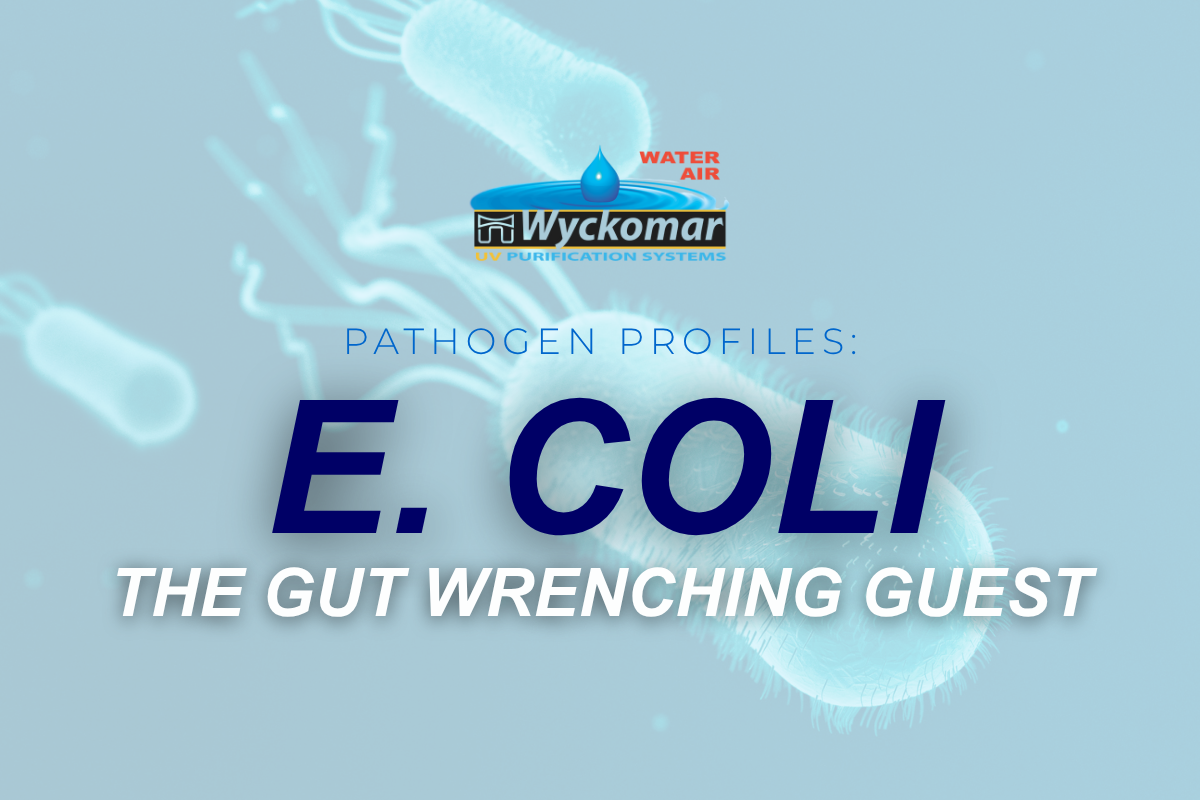The most common question we get is how to properly size a UV system for the intended use.
As a quick review, consumers need UV in the home to ensure that all the water in the home is clean and safe from disease causing pathogens such as E.coli, Influenza, Cryptosporidium and many other bacterial and viral contaminants.
To select the proper size of UV you have several options and considerations:
- Base your system on the pipe size in your home. If you have 3/4 inch pipes entering the home, your choice may be for a 3/4 inch UV system.
- Next, consider the volume of water used. You may choose to size the UV based on the capacity of your water pump.
- Next, consider the number of people in the home as UV systems are manufacturerd based on specific flow rates. If you have only 1 or 2 people in the home a 4-5 GPM system will suffice. If you have up to 5 or 6 people use an 8 or 12 GPM or larger system. You may want to adjust this based on the number of teenagers in the home (they tend to use more water).
- Finally, consider the quality of your source water. Cloudy water or water with high iron, and high calcium content will present a problem for UV disinfection and requires pre-treatment.
Taking all factors into consideration will provide you with the information you need to properly size a UV. Remember to have your water tested for iron content, hardness and clarity (most UV sellers can do this for you) in order to make sure that your new UV system will provide the measure of safety you need to protect your customer's home water supply.
UV light is the best chemical-free method of disinfecting your water supply. It's safe, effective and inexpensive.
Wyckomar will test your water sample for UV transmittance absolutely free. We are also pleased to help you with any questions regarding proper UV system size for your application. Contact us for details.

